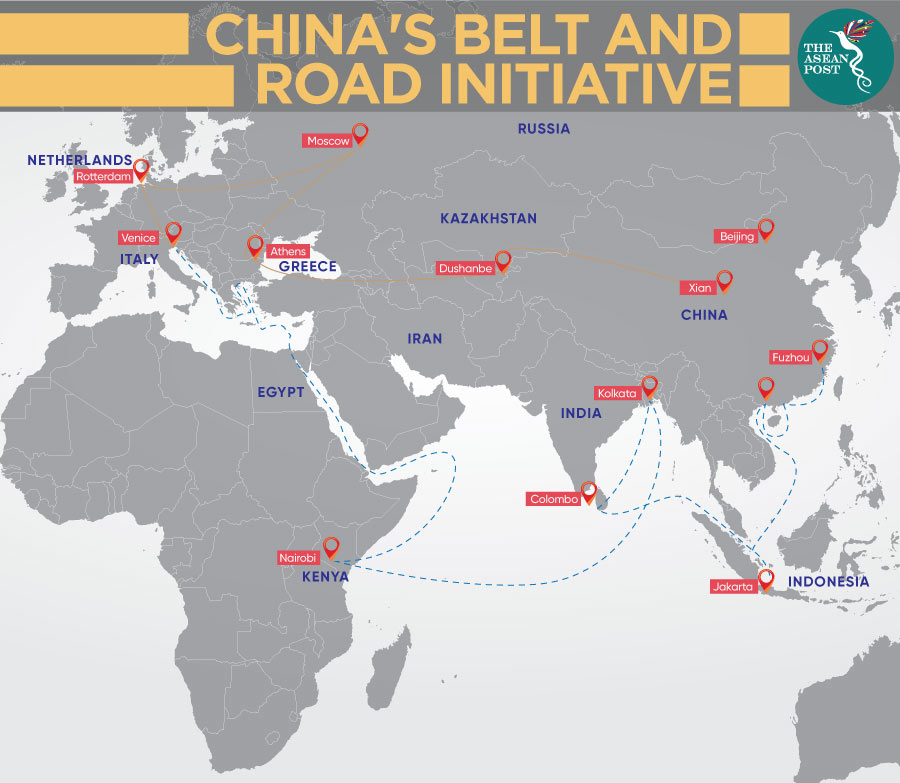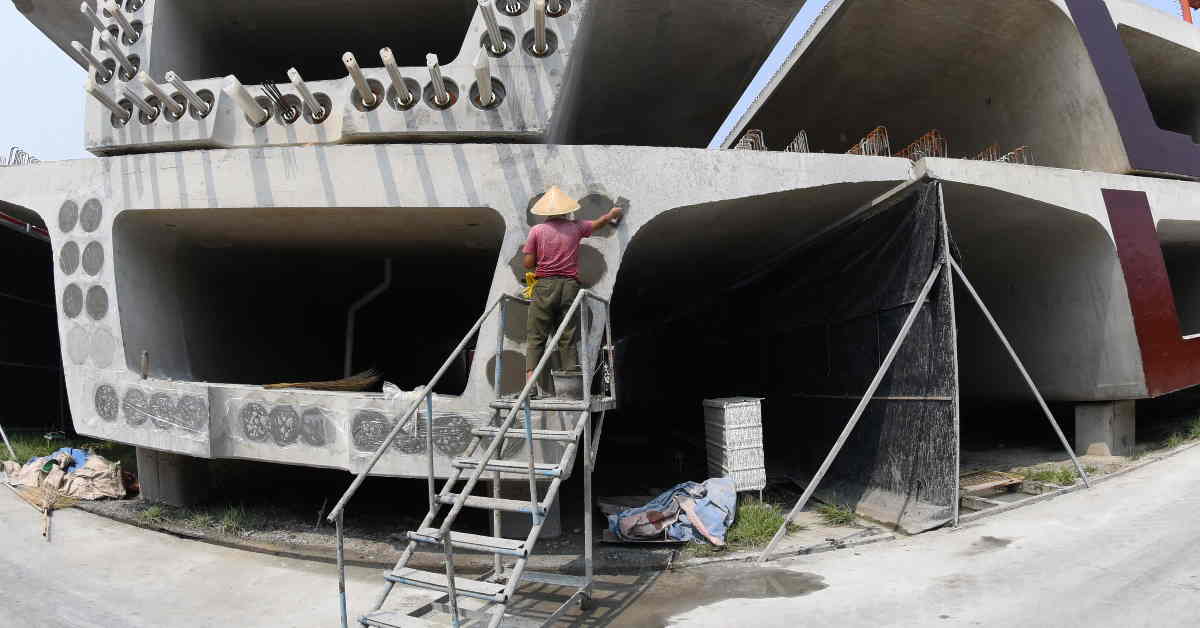As of 16 March 2020, over 100,000 people have been infected with the novel coronavirus, also known as COVID-19. Globally, more than 6,000 deaths have been recorded. The World Health Organisation (WHO) has declared it a pandemic, which has resulted in lockdowns of countries and cities such as Italy and Manila, the capital of the Philippines. Although some argued that country lockdowns are effective in curbing the virus from spreading – many also worry about the implications it will have on local businesses and the economy in general.
Industries such as tourism and aviation were the first to be majorly hit by the virus. Popular destinations such as Cambodia’s Angkor Wat and Thailand’s golden sand beaches have seen the absence of Chinese tourists since the Lunar New Year last January. Southeast Asia’s tourism industry is facing the possibility of billions of dollars in losses from a dearth of Chinese tourists since the outbreak. And it was reported that airlines could lose up to US$113 billion in revenue this year due to the coronavirus. Unfortunately, other industries and sectors have also been hit hard.
Wuhan, China – where the virus first emerged – has been locked down for about two months, while many other cities across the country face strict quarantine and travel restrictions. Businesses have closed and factories sit idle – disrupting supply chains around the world that have grown dependent on China for their inventories. For example, Hyundai in South Korea has halted operations because of lack of parts from China. And Cambodia’s garment sector has also been disrupted as it depends on China for about 60 percent of all its raw materials.
This has also had an adverse impact throughout the Belt and Road, where major projects have been delayed because they lack supplies, materials and labour from China.
BRI
The Belt and Road Initiative (BRI) is a development strategy proposed by Chinese President Xi Jinping in 2013 that focuses on connectivity and cooperation – with billion-dollar investments in railway lines, pipelines, and ports, which could provide a boost for international trade. The "Belt" refers to the overland routes for road and rail transportation, called the "Silk Road Economic Belt"; whereas "Road" refers to sea routes, or the 21st Century Maritime Silk Road. The BRI now has partnerships with 137 countries and is facilitating the flow of products, materials and people from China around the world.

According to a 2018 report by IDEAS, the London School of Economics’ foreign policy think tank and CIMB ASEAN Research Institute, the BRI will connect Asia with Europe and Africa, reaching 4.4 billion people and accounting for a third of the world’s gross domestic product (GDP). The BRI have been applauded for the many opportunities it presents in improving connectivity. If the projects are successful, they will make trade easier in some of the world’s most important economic corridors. However, many have criticised the risks associated with BRI projects. The World Bank Group indicates that there are potential environmental, social, and corruption risks associated with some BRI projects which include biodiversity loss, environmental degradation, or elite capture. Other than that, for some countries, the financing required for BRI projects may expand national debt to unsustainable levels.
Impacts of COVID-19
According to recent media reports, the virus outbreak is causing delays and disruptions to China’s BRI plans abroad. An official involved in BRI planning told the international media that a failure to stop the virus spreading outside of China would inevitably take a toll on its projects.
Some of the projects that have been affected include a US$5.5 billion high-speed rail line in Indonesia, another railway initiative in Malaysia, construction projects in Sri Lanka and corporate expansion plans in Pakistan.
However, the major impact on BRI projects is the fact that thousands of Chinese workers are stuck in China – unable to return to work or simply sitting in quarantine.
In Indonesia, the construction of the Jakarta-Bandung high-speed railway and the building of a 510-megawatt (MW) dam in the Batang Toru rainforest have grinded to a halt due to the number of its Chinese workers unable to report to work on site – a result of a ban on flights from China. The same problem can be seen in Malaysia as Chinese workers are not allowed into the country for the time being.
Bonnie Glaser, who directs the China Power Project at the Center for Strategic and International Studies in Washington said that China’s President “seems determined to demonstrate that life is returning to normal and he wants to get the economy churning again.” This follows media claims that the coronavirus has slowed down in China after the country had imposed lockdowns. He also added that “resuming BRI projects is probably among his (President Xi Jinping’s) goals, not only for economic reasons, but also because BRI activities are a lever to enhance Chinese political influence.”
The BRI is set to be completed in 2049, in conjunction with the 100th anniversary of the People’s Republic of China. But can China reach their ambitious goal in 29 years as the world battles a deadly pandemic which experts say could affect the global economy for many years to come.
Related articles:
